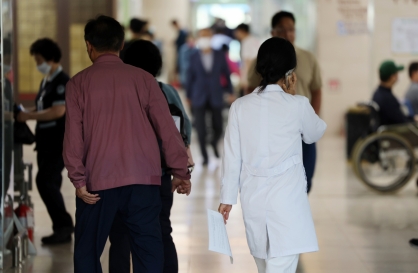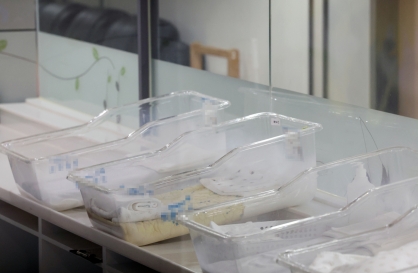N. Korea's fifth Musudan test might not have been failure: U.S. expert
By KH디지털2Published : June 29, 2016 - 09:21
North Korea could have designed last week's two tests of the Musudan intermediate-range ballistic missile for different purposes, and the short flight distance in the first launch may not necessarily mean a failure, a U.S. missile expert said.
The North fired two Musudan missiles off its east coast last week in its fifth and sixth attempt to test the missile. The first one exploded in mid-air after flying some 150 km, while the second flew about 400 kilometers before landing in the East Sea.
The first test was widely regarded as a failure, but the second test was considered a clear demonstration of progress in the North's missile program as the missile soared to an altitude of more than 1,400 km and then re-entered the atmosphere at a high angle.
David Wright, a missile expert and co-director of the Union of Concerned Scientists' Global Security Program, said, however, that the first test might also not have been a failure, saying the North could have intentionally terminated its flight early to keep it from flying over Japan after launching it at a normal angle. He said the distance the first missile flew, 150 km, corresponds roughly to burnout of the Musudan engines.
"Is it possible that Pyongyang launched the first missile on a standard trajectory to test the guidance and control system, and then intentionally terminated the flight following burnout to keep it from overflying Japan? That would allow them to test on a standard trajectory the guidance and control systems that operate in the early part of flight," Wright said.
"The second test on the lofted trajectory would allow them to test the operation of the reentry heat shield in the later part of the flight," he said in an article posted at the website of the Union of Concerned Scientists, adding that the key is to figure out what trajectory the first missile followed.
Wright also said that his calculations of the Musudan's range based on the altitude and flight distance of the second test show that the missile's maximum range on a normal trajectory would be about 3,000 km, which is short of reaching the U.S. territory of Guam.
"The 3,000 km range is also interesting since it is shorter than the distance to Guam, which is about 3,400 km. Being able to reach Guam is seen as a key motivation for the Musudan since Guam has a US military base and is the next logical target for North Korea after its development of the Nodong missile to reach Japan," he said.
"If this test reflects the state of the art of North Korea's missile and warhead technology it could mean that North Korea's nuclear warhead is currently too heavy for the Musudan to carry it to Guam," he added. (Yonhap)




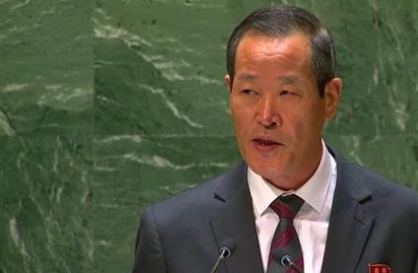
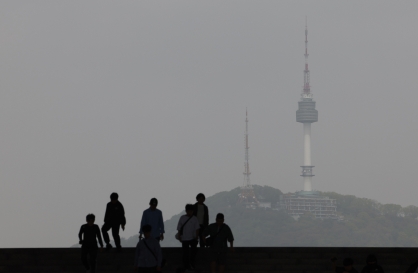
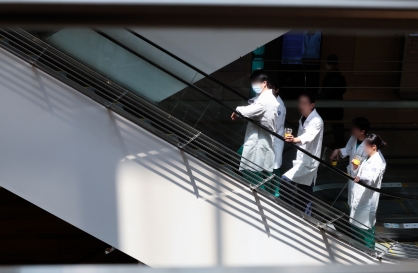
![[AtoZ Korean Mind] Does your job define who you are? Should it?](http://res.heraldm.com/phpwas/restmb_idxmake.php?idx=644&simg=/content/image/2024/05/06/20240506050099_0.jpg&u=)
